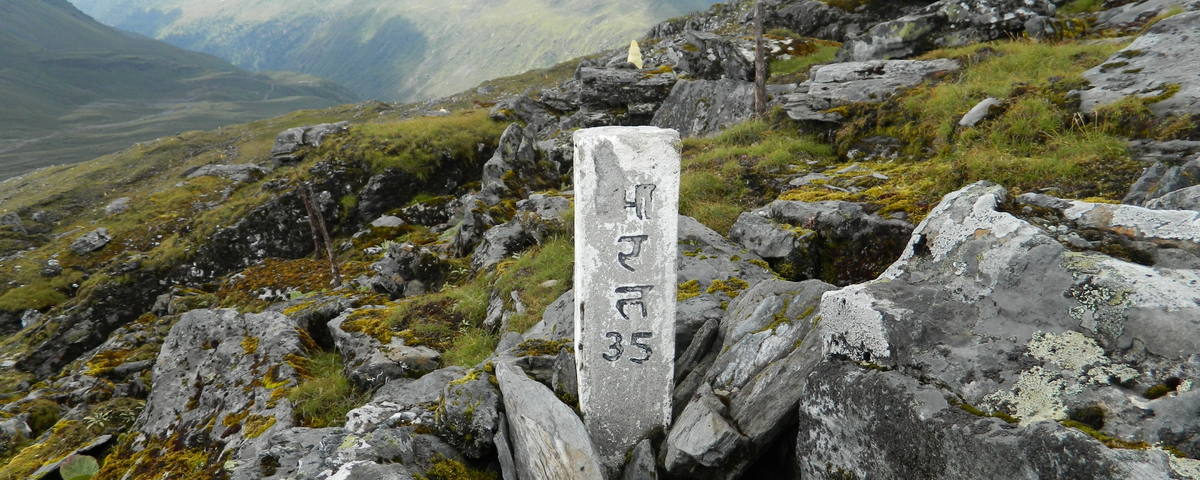
Istanbul, Turkey, 17 July—The World Heritage Committee this morning inscribed four new sites on the World Heritage List: the transnational serial site of The Architectural Work of Le Corbusier, an Outstanding Contribution to the Modern Movement (Argentina, Belgium, France, Germany, India, Japan, Switzerland), along with sites in Antigua and Barbuda, Brazil and India. Today’s inscription gives Angtigua and Barbuda their first World Heritage site.
The new sites, in their order of inscription are:
The Architectural Work of Le Corbusier, an Outstanding Contribution to the Modern Movement (Argentina, Belgium, France, Germany, India, Japan, Switzerland)—Chosen from the work of Le Corbusier, the 17 sites comprising this transnational serial property are spread over seven countries and are a testimonial to the invention of a new architectural language that made a break with the past. They were built over a period of a half-century, in the course of what Le Corbusier described as “patient research”. The Complexe du Capitole in Chandigarh (India), the National Museum of Western Art, Tokyo (Japan), the House of Dr Curutchet in La Plata (Argentina) and the Unité d’habitation in Marseille (France) reflect the solutions that the Modern Movement sought to apply during the 20thcentury to the challenges of inventing new architectural techniques to respond to the needs of society. These masterpieces of creative genius also attest to the internationalization of architectural practice across the planet.
Antigua Naval Dockyard and Related Archaeological Sites (Antigua and Barbuda)—The site consists of a group of Georgian-style naval buildings and structures, set within a walled enclosure. The natural environment of this side of the island of Antigua, with its deep, narrow bays surrounded by highlands, offered shelter from hurricanes and was ideal for repairing ships. The construction of the Dockyard by the British navy would not have been possible without the labour of generations of enslaved Africans since the end of the 18th century. Its aim was to protect the interests of sugar cane planters at a time when European powers were competing for control of the Eastern Caribbean.
Pampulha Modern Ensemble (Brazil)—The Pampulha Modern Ensemble was the centre of a visionary garden city project created in 1940 at Belo Horizonte, the capital of Minas Gerais State. Designed around an artificial lake, this cultural and leisure centre included a casino, a ballroom, the Golf Yacht Club and the São Francisco de Assis church. The buildings were designed by architect Oscar Niemeyer, in collaboration with innovative artists. The Ensemble comprises bold forms that exploit the plastic potential of concrete, while fusing architecture, landscape design, sculpture and painting into a harmonious whole. It reflects the influence of local traditions, the Brazilian climate and natural surroundings on the principles of modern architecture.
Khangchendzonga National Park (India) – Located at the heart of the Himalayan range in northern India (State of Sikkim), the Khangchendzonga National Park includes a unique diversity of plains, valleys, lakes, glaciers and spectacular, snow-capped mountains covered with ancient forests, including the world’s third highest peak, Mount Khangchendzonga. Mythological stories are associated with this mountain and with a great number of natural elements (e.g. caves, rivers, lakes, etc.) that are the object of worship by the indigenous people of Sikkim. The sacred meanings of these stories and practices have been integrated with Buddhist beliefs and constitute the basis for Sikkimese identity.
The 40th session of the World Heritage Committee, which opened in Istanbul, Turkey, on 10 July closes today. It is chaired by Ambassador, Director General of Cultural Affairs and Promotion Abroad of the Turkish Ministry of Foreign Affairs Lale Ülker.
[Source:-Unesco]



